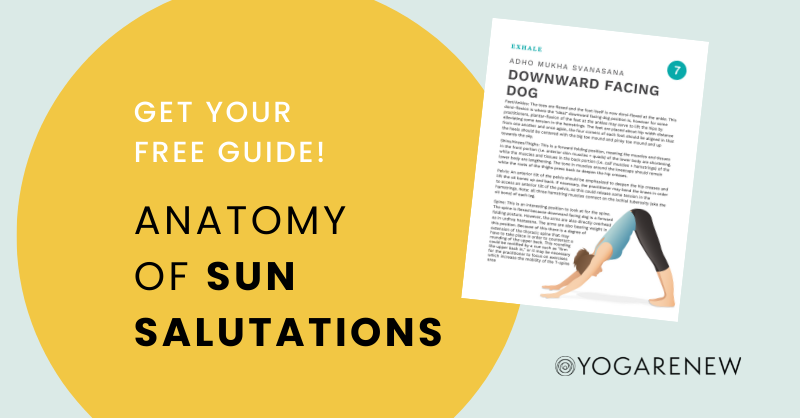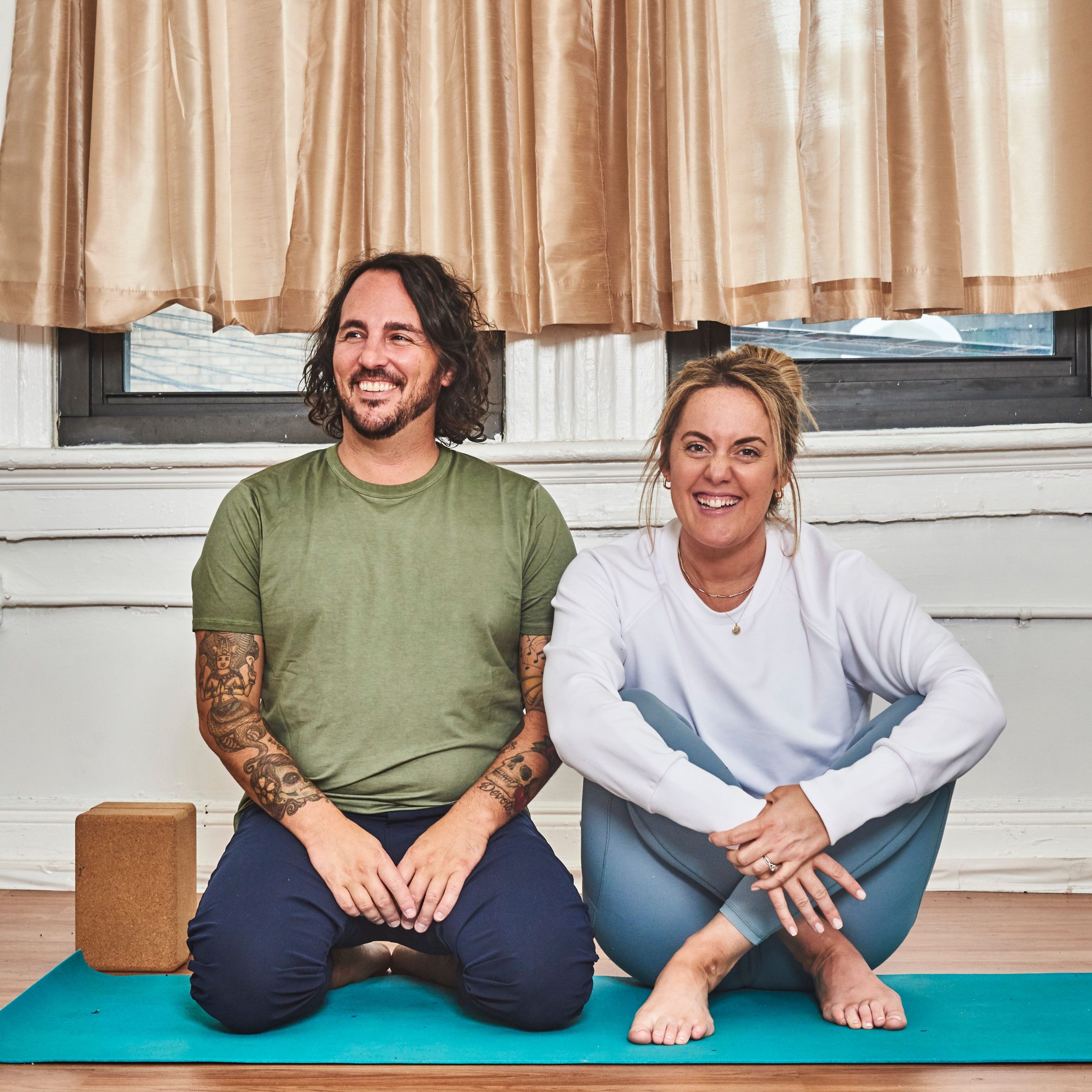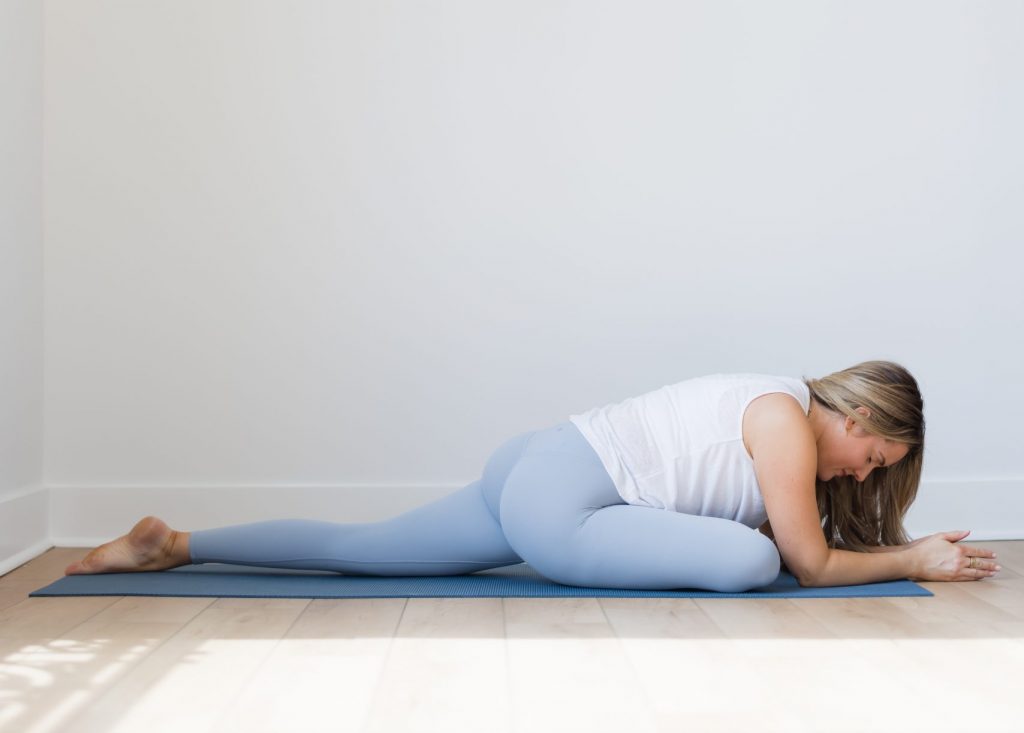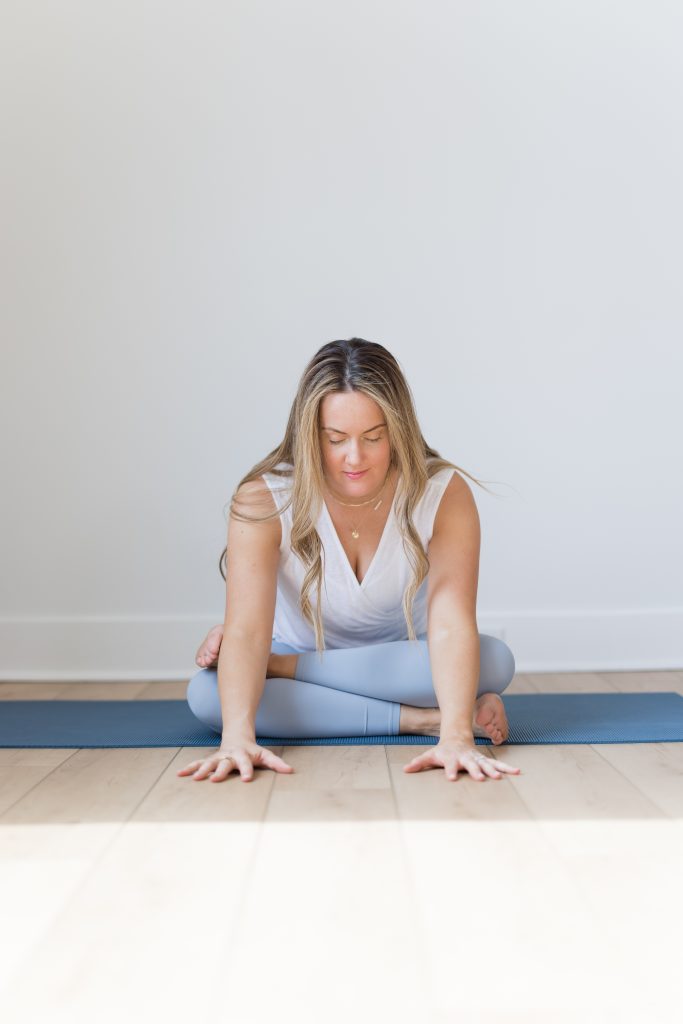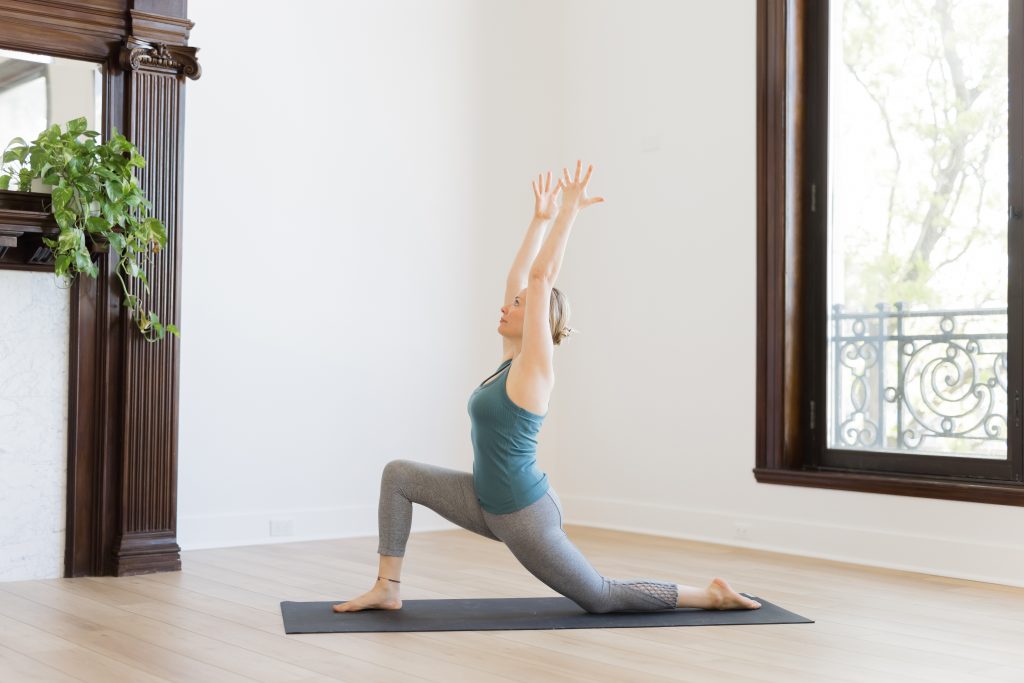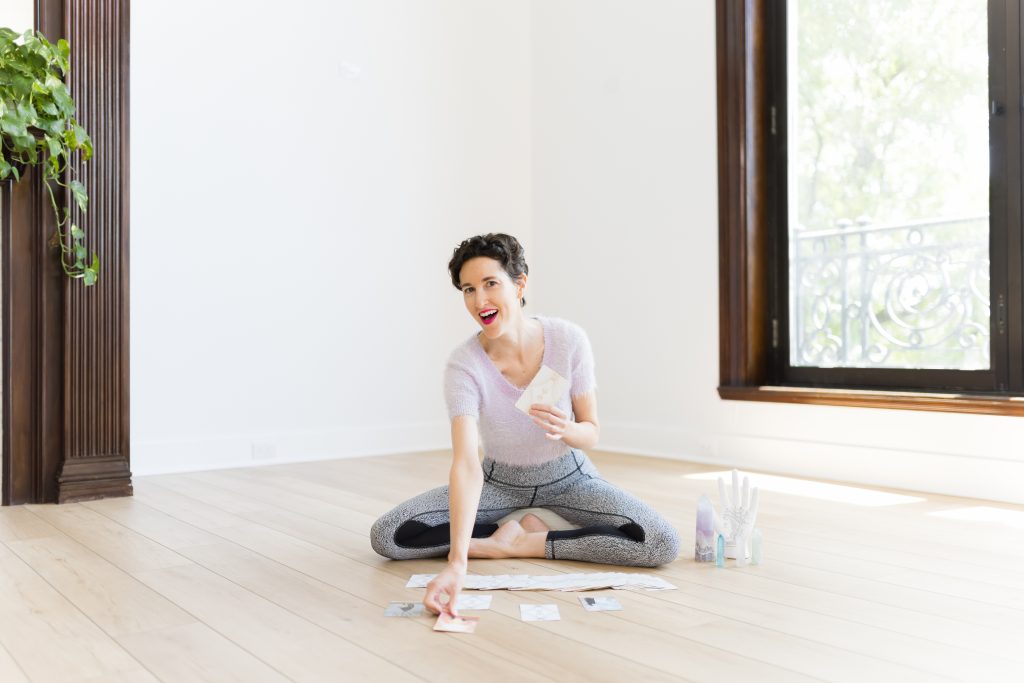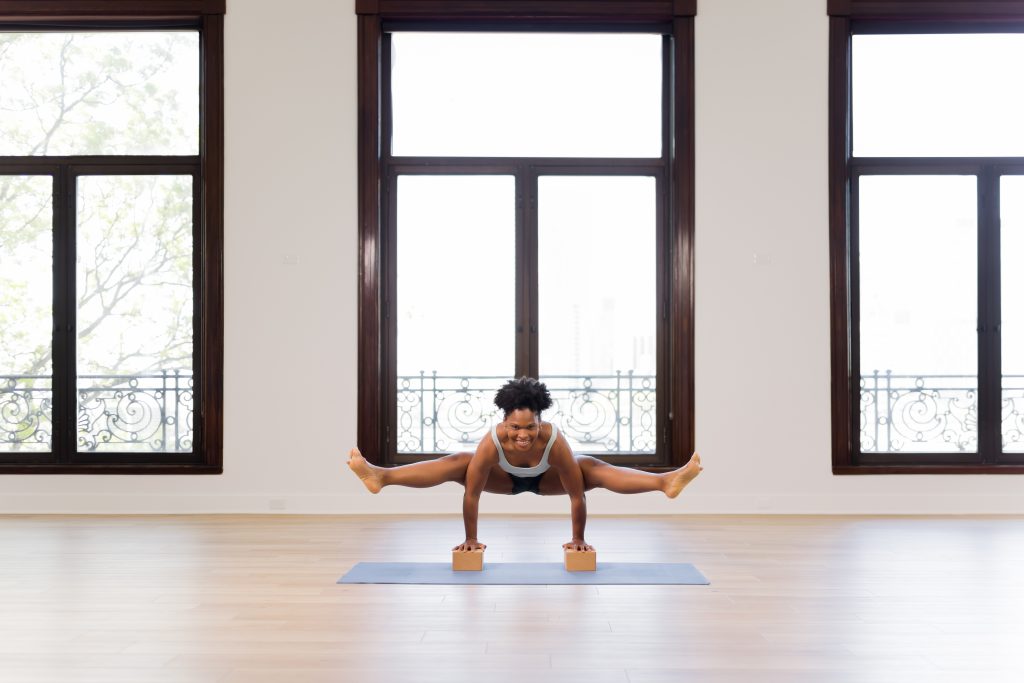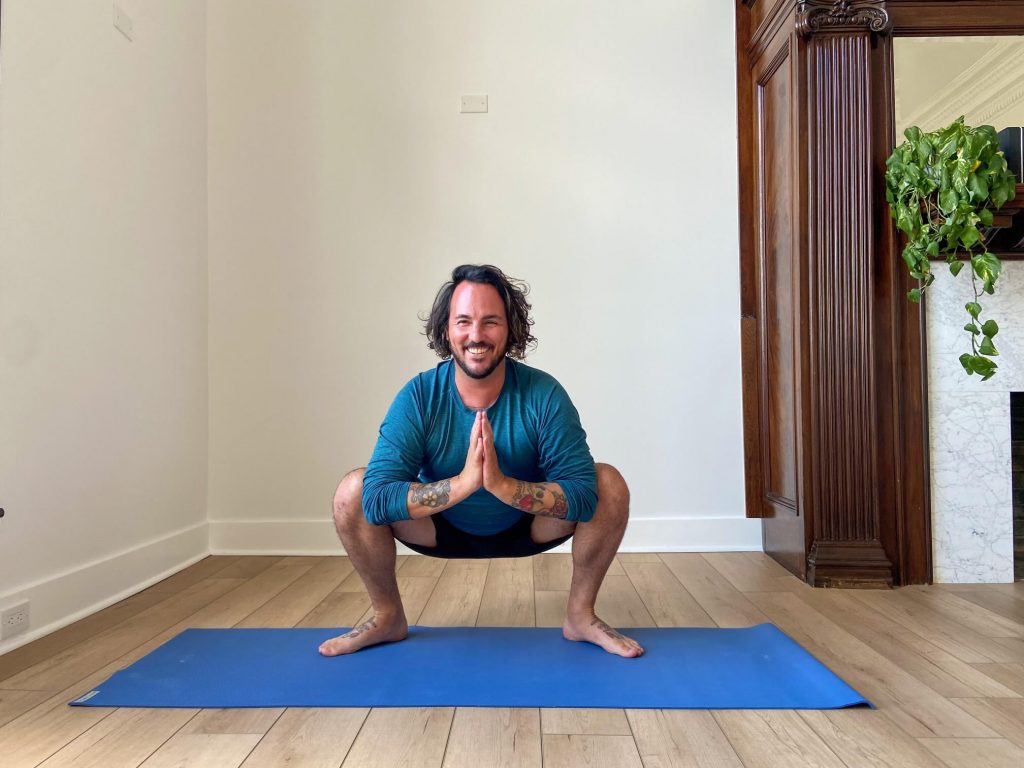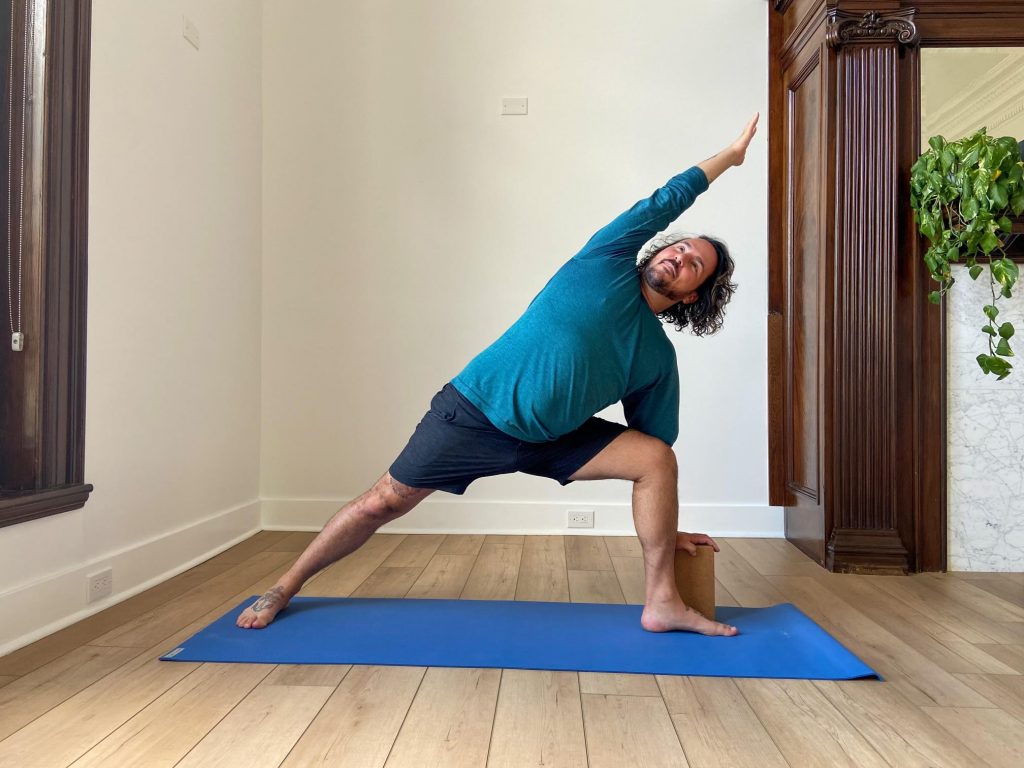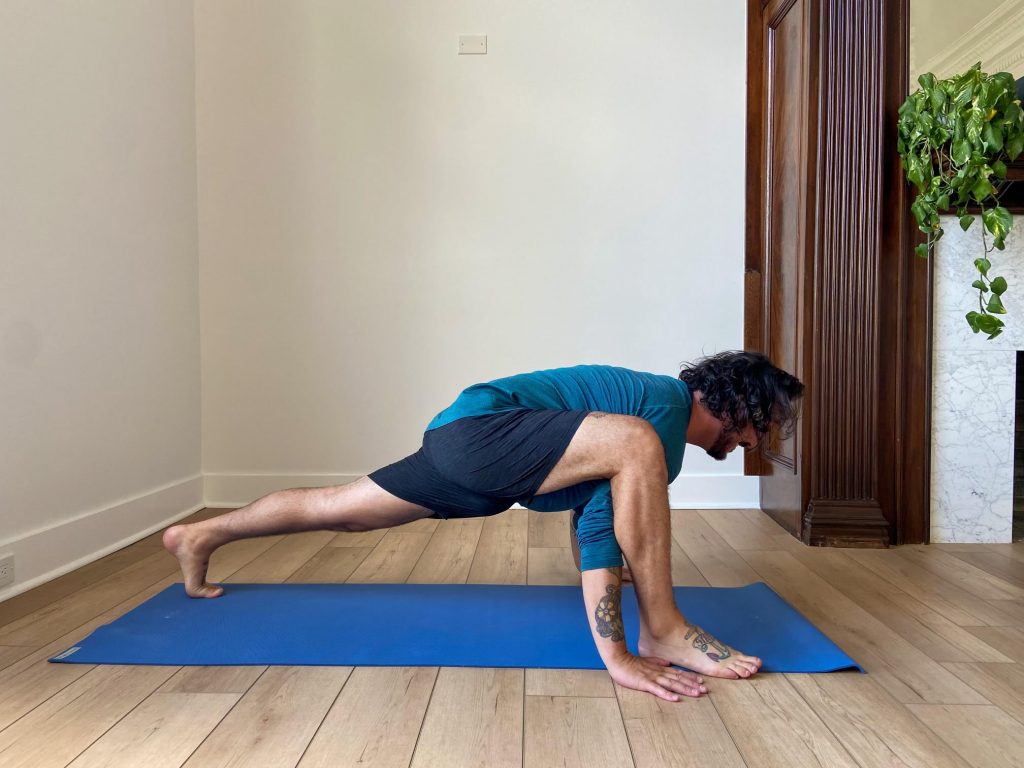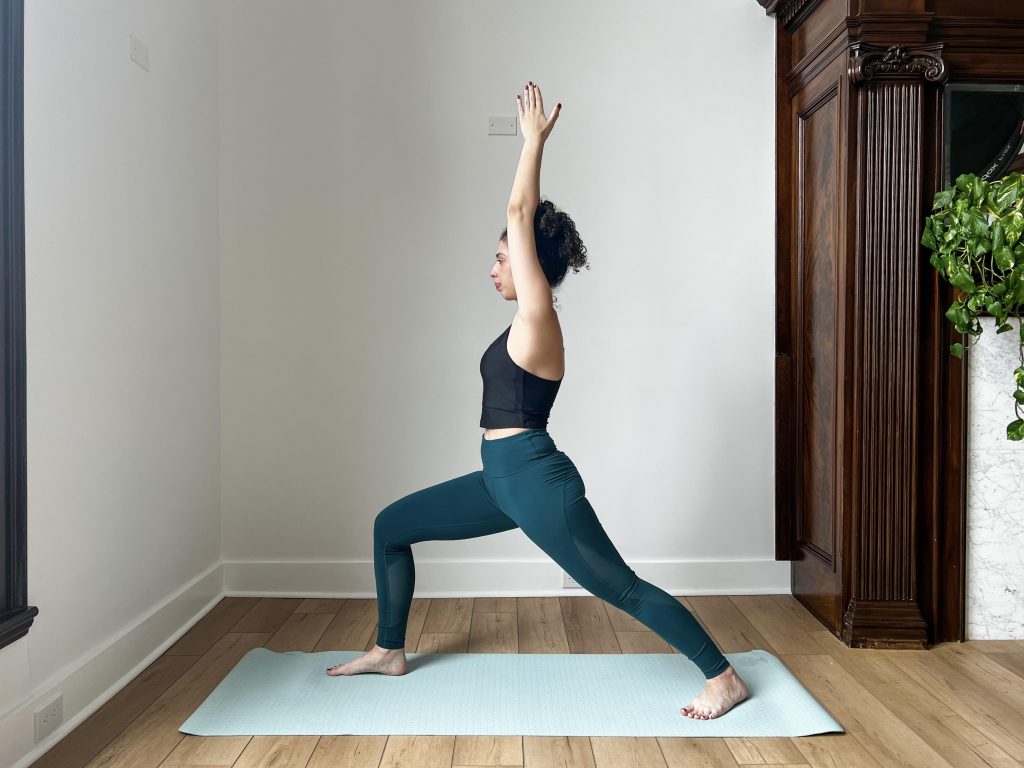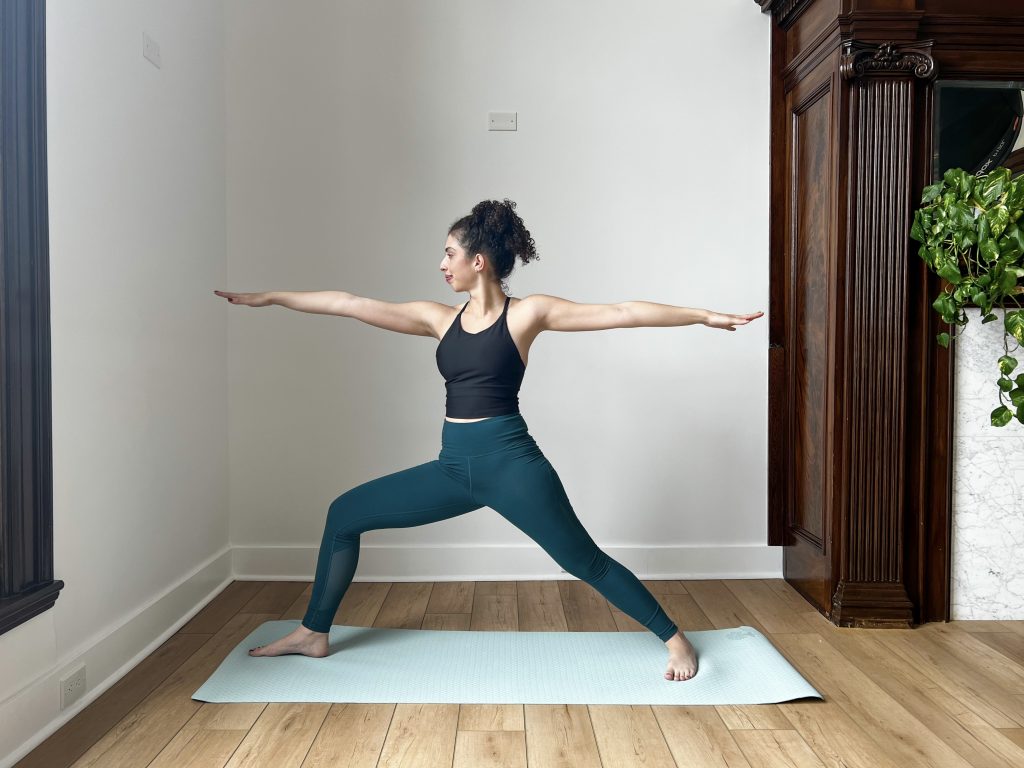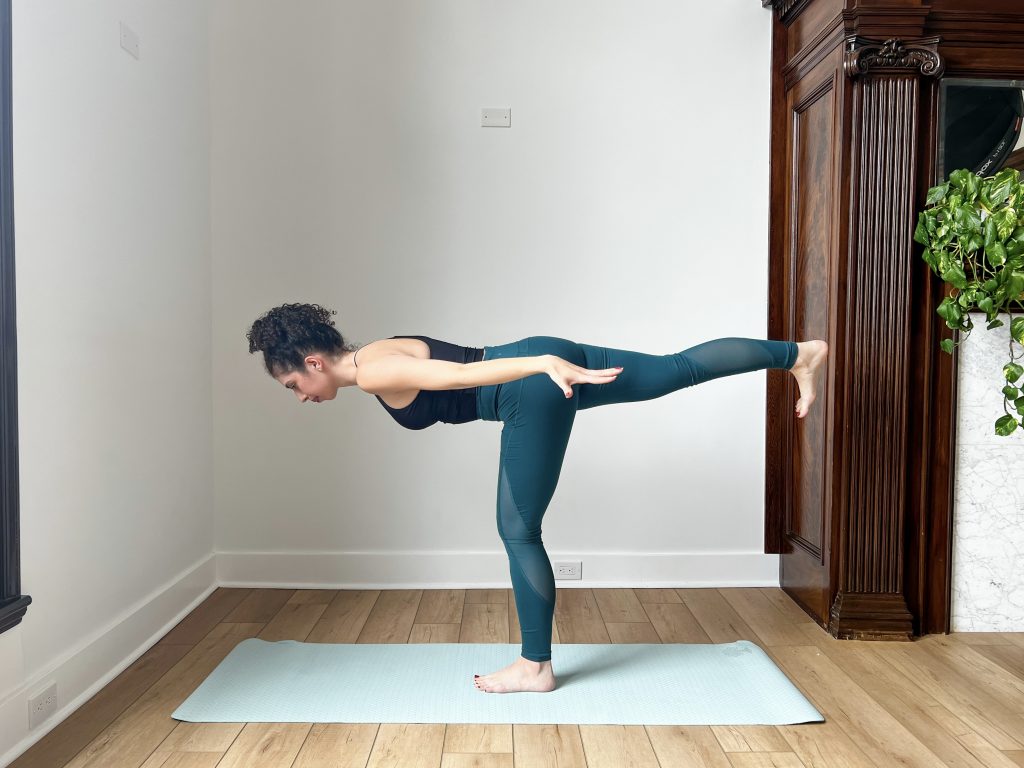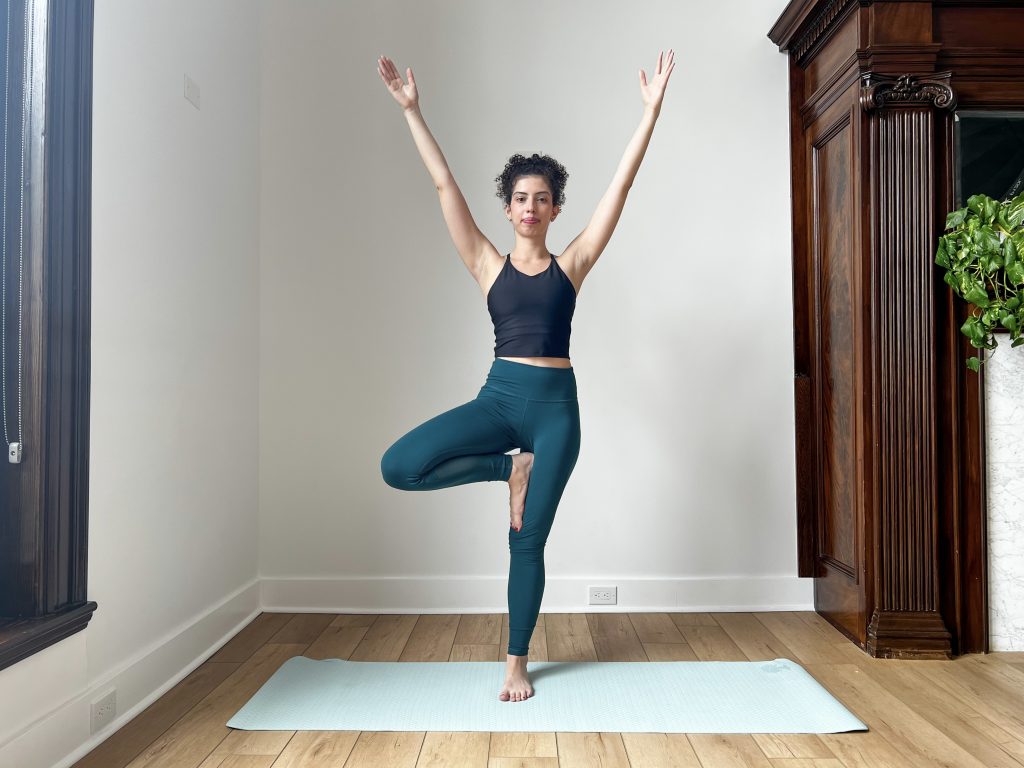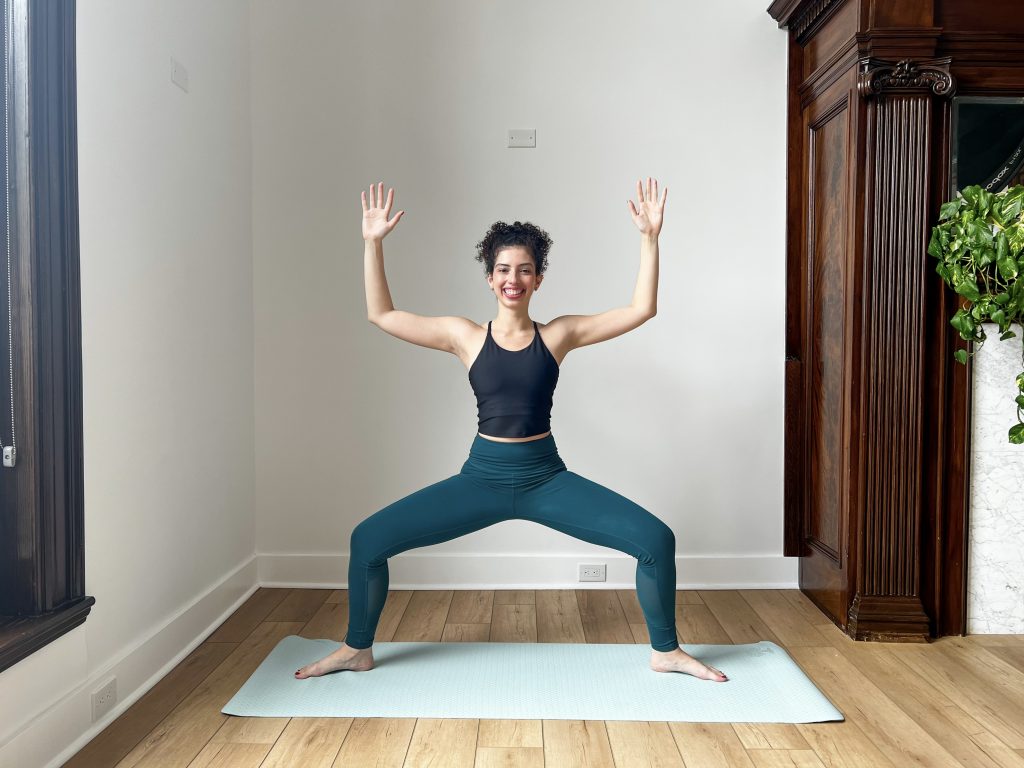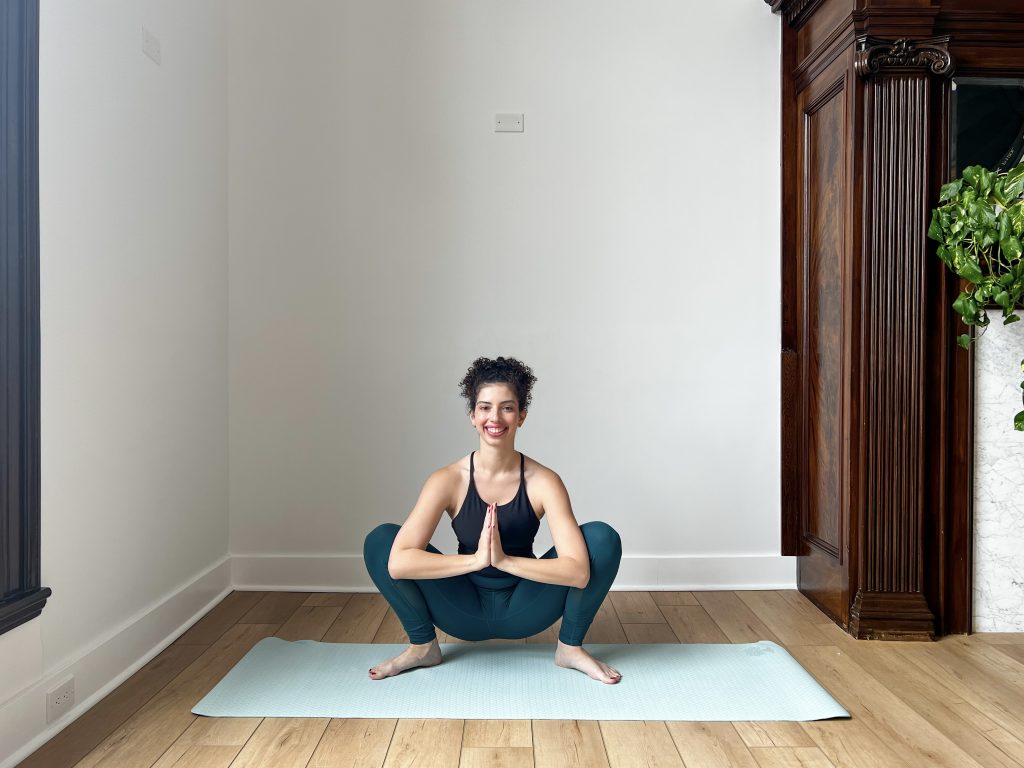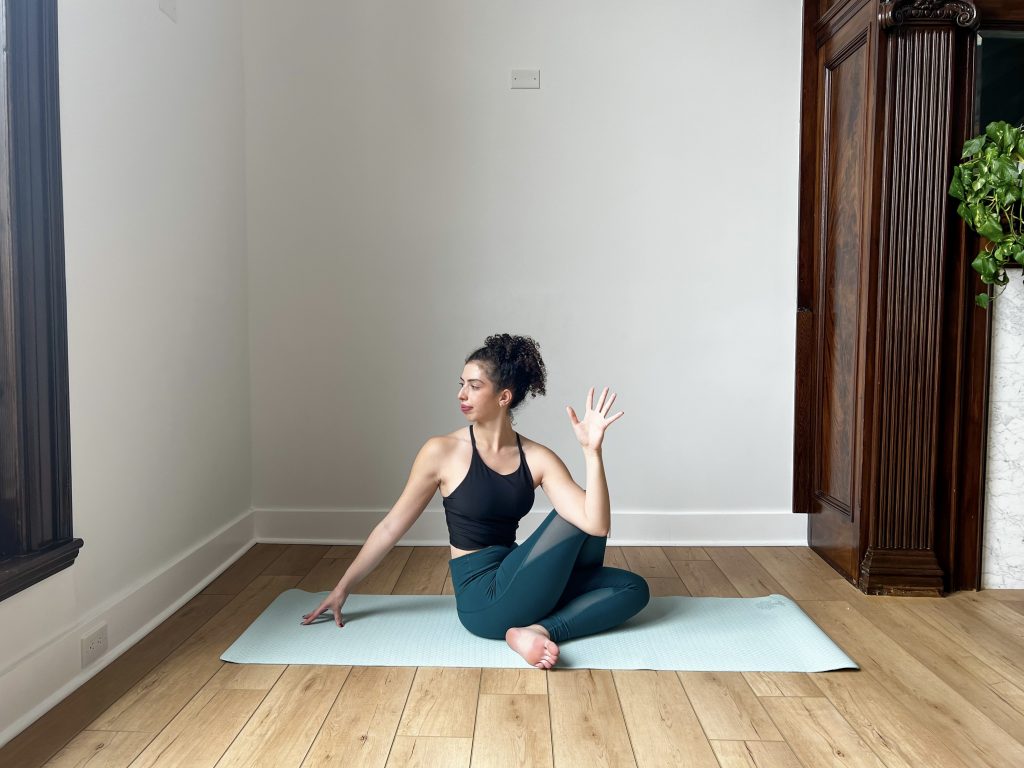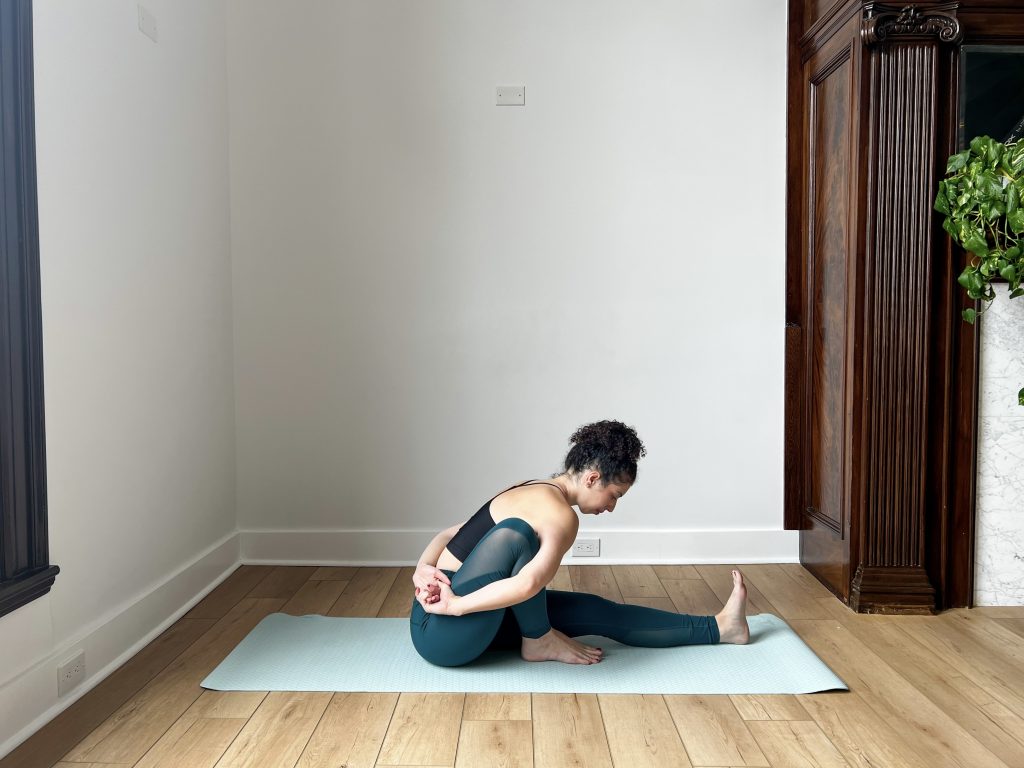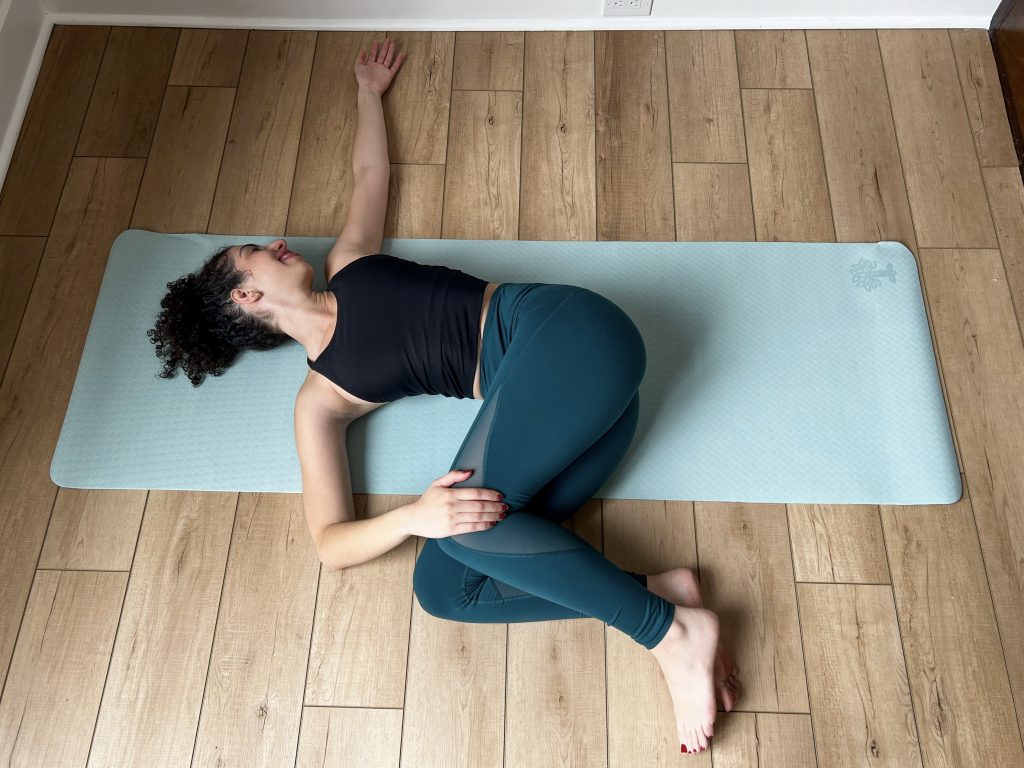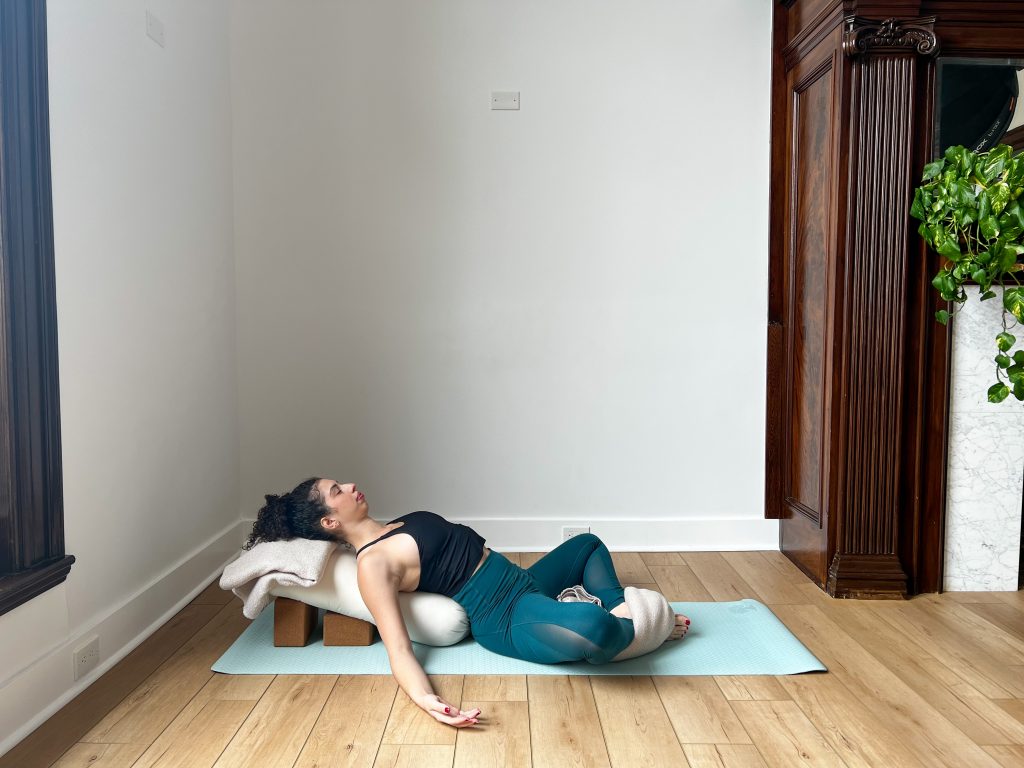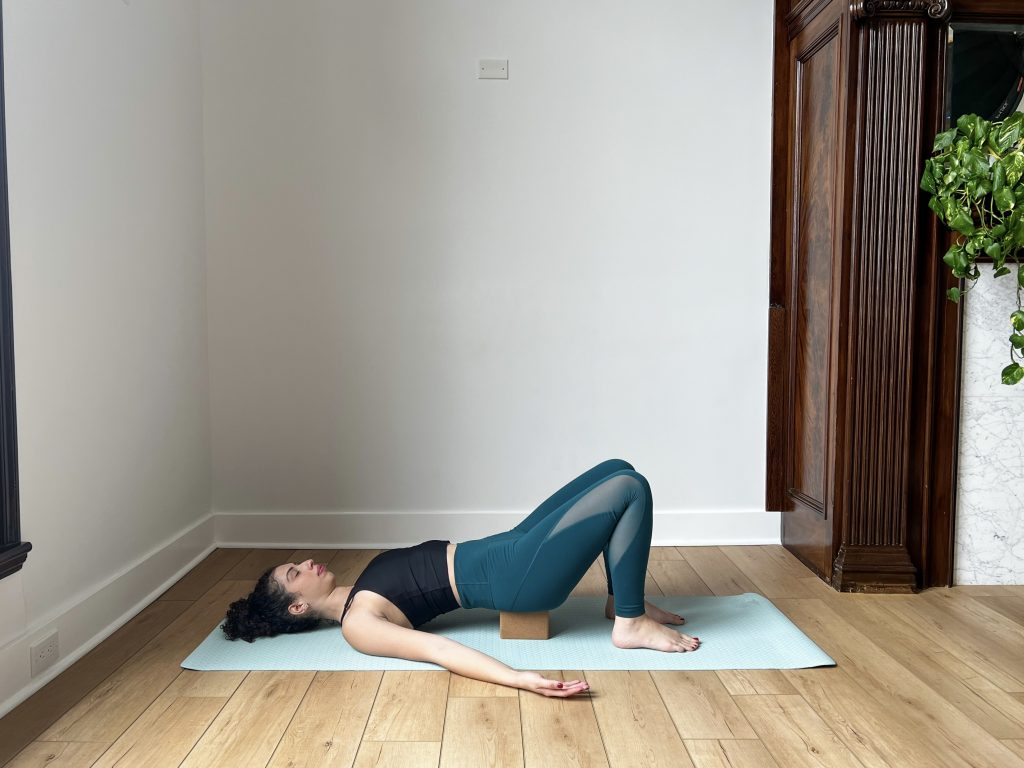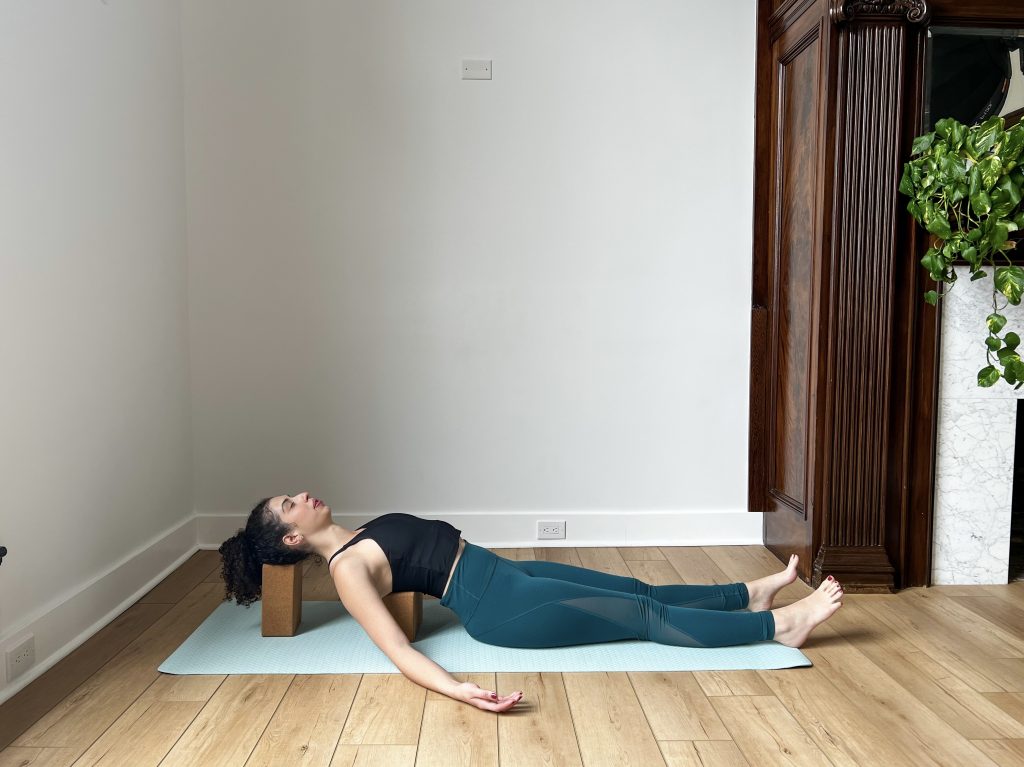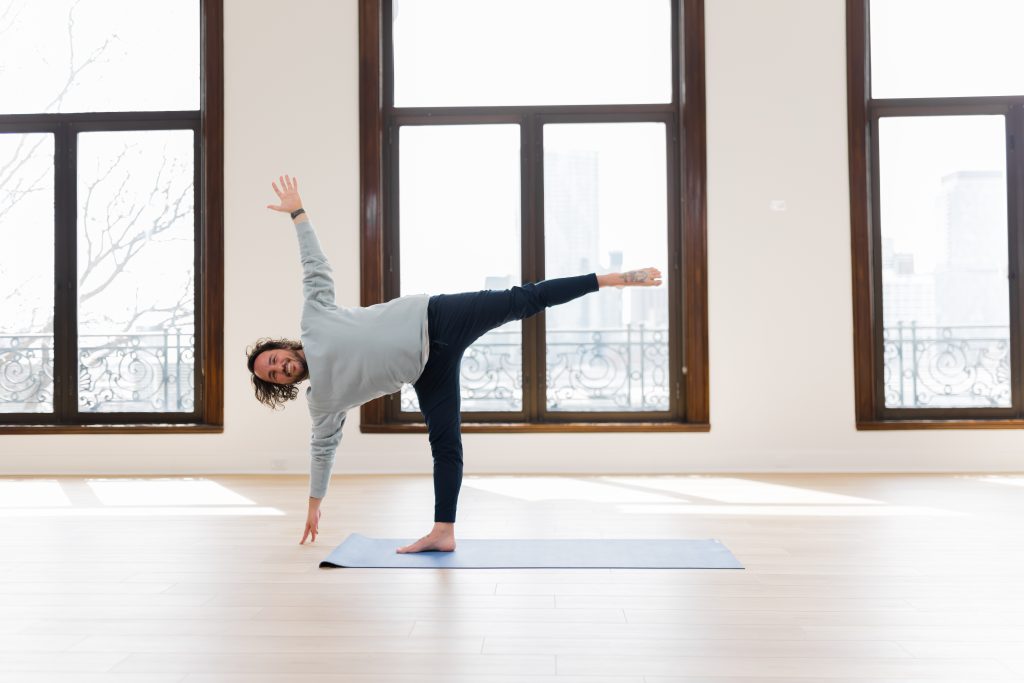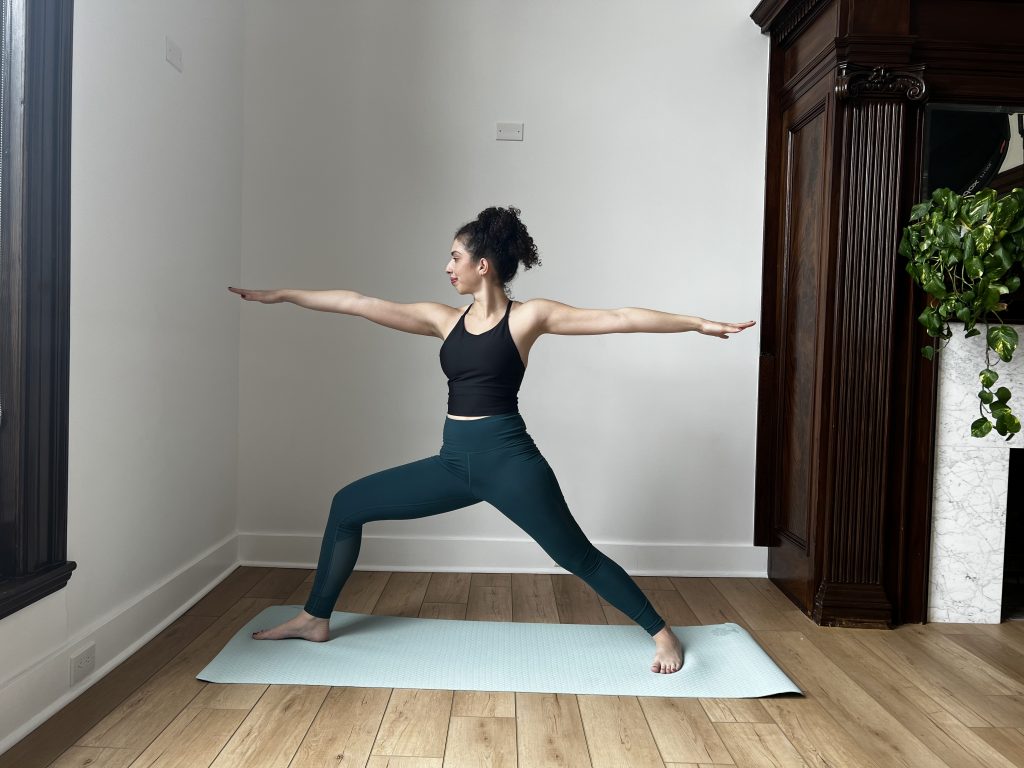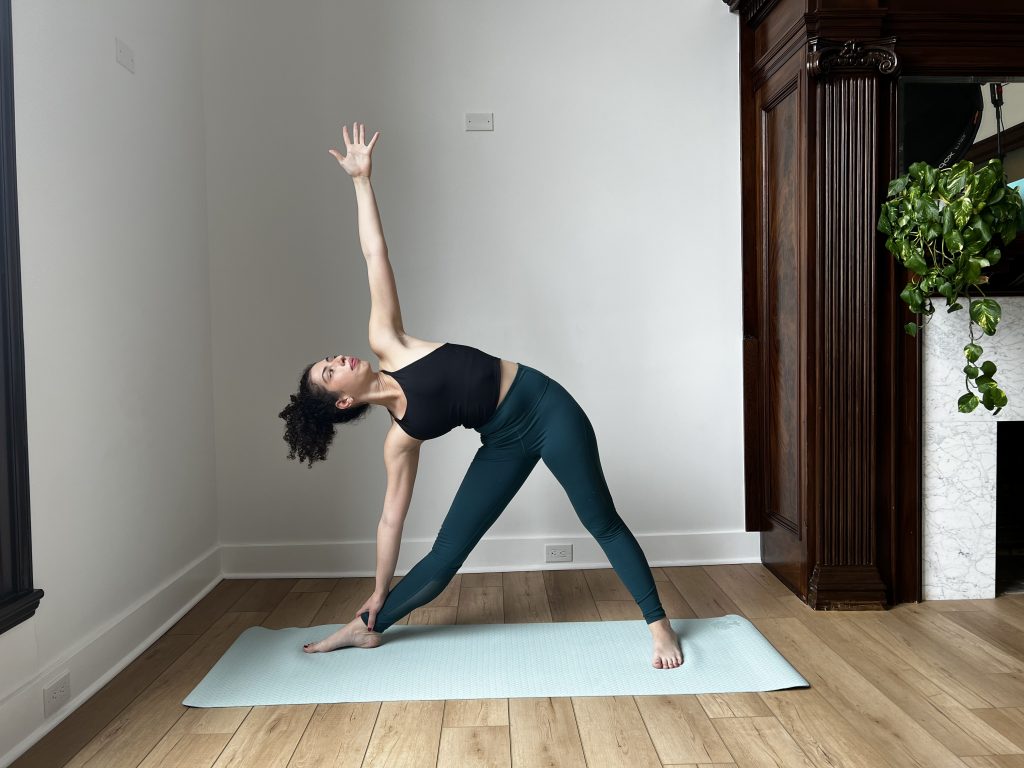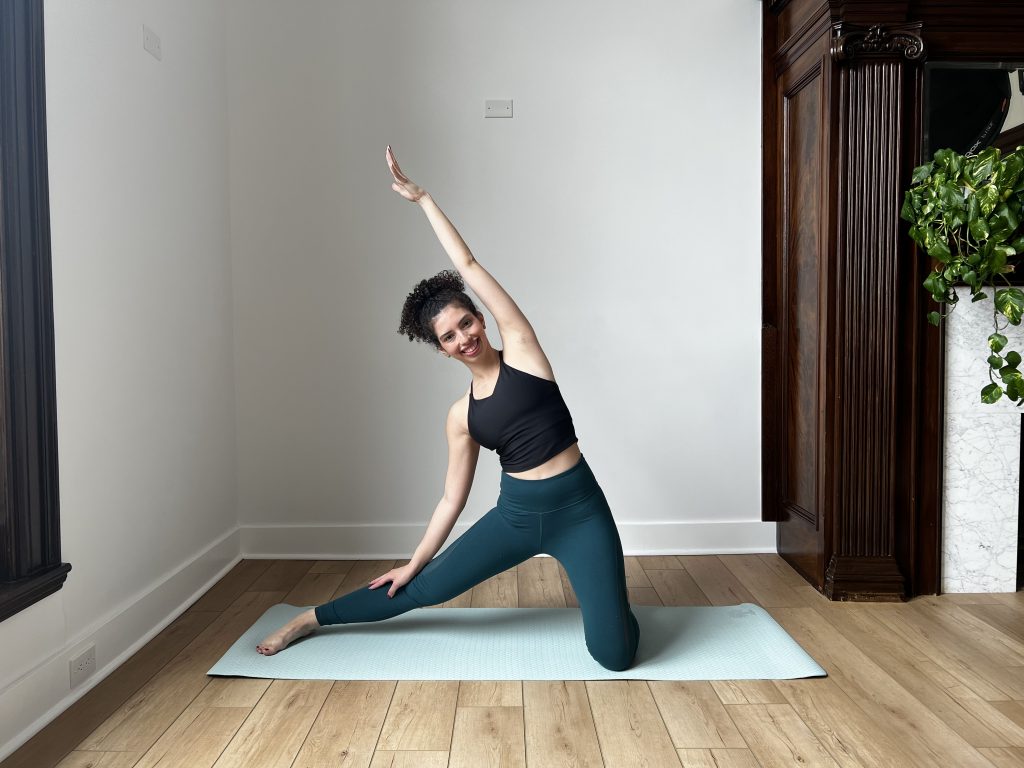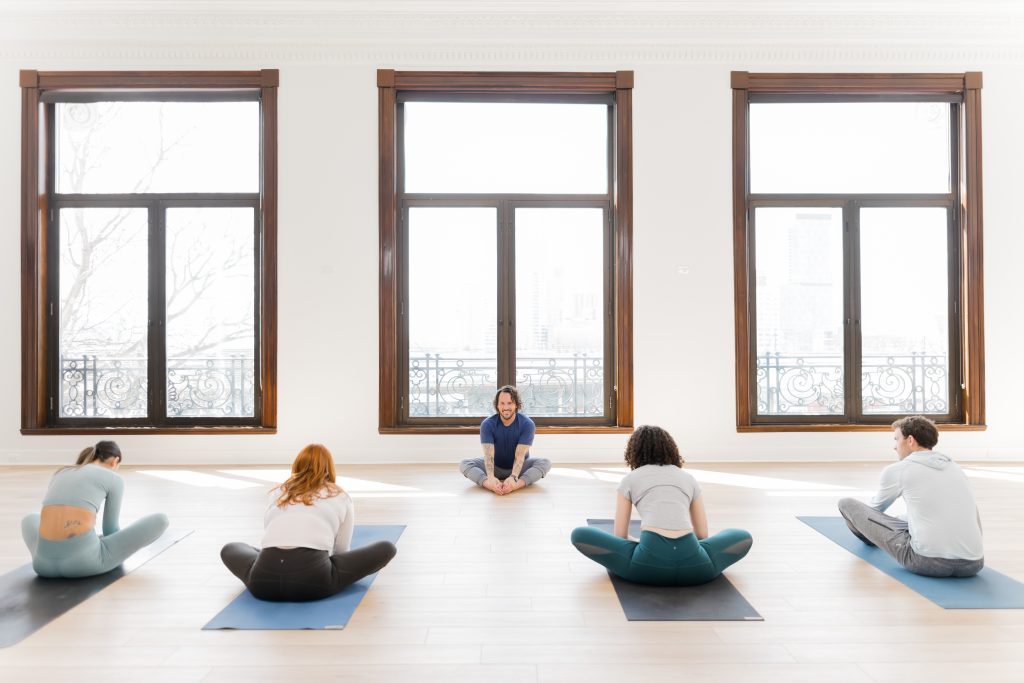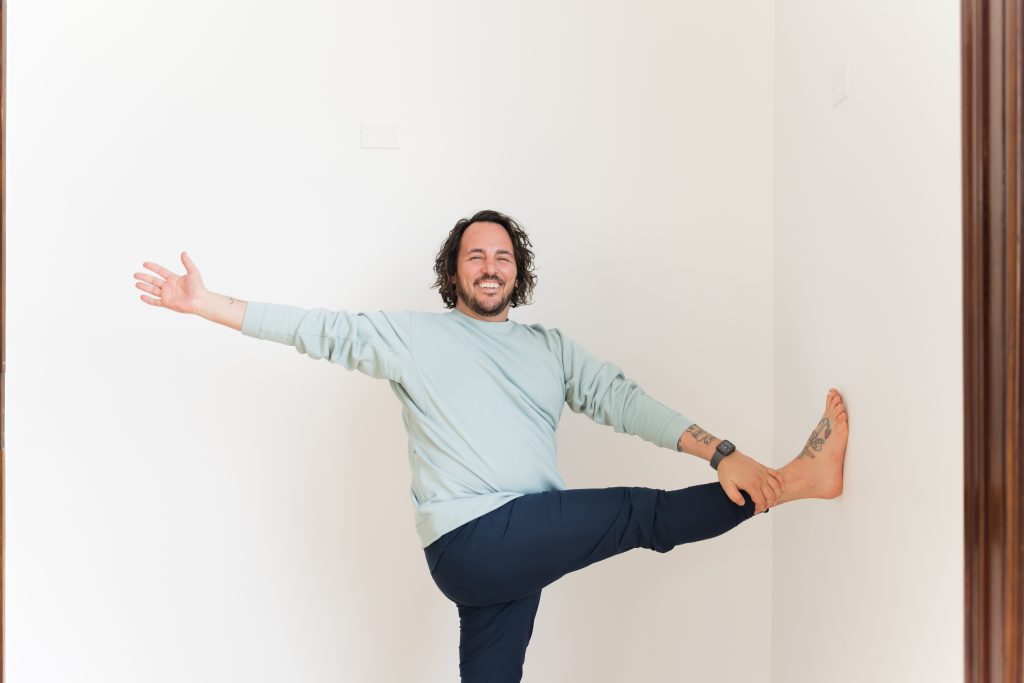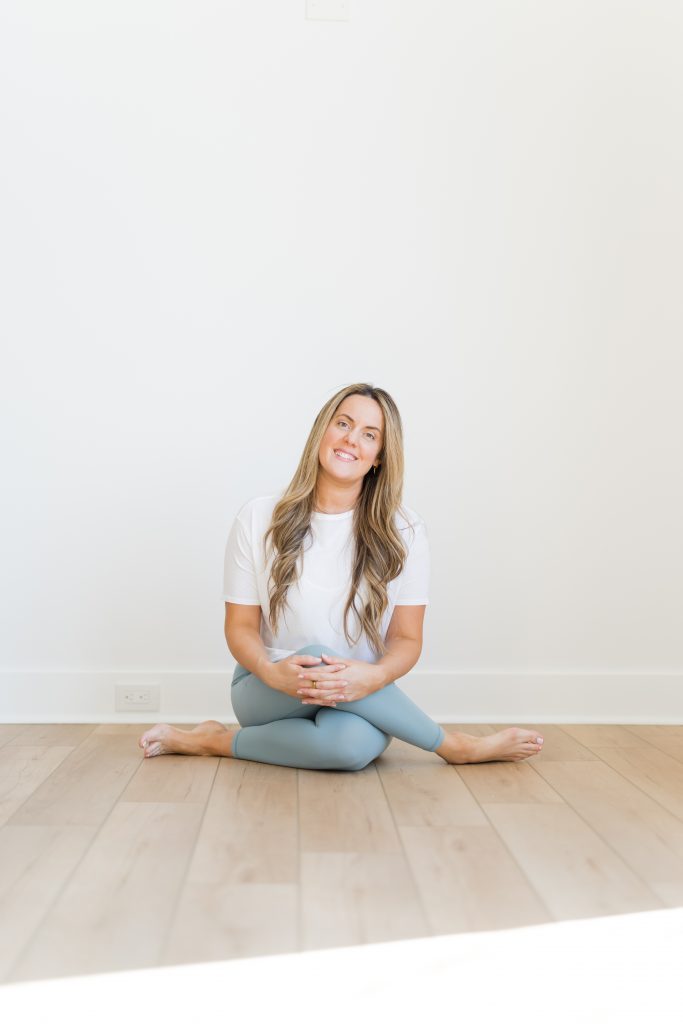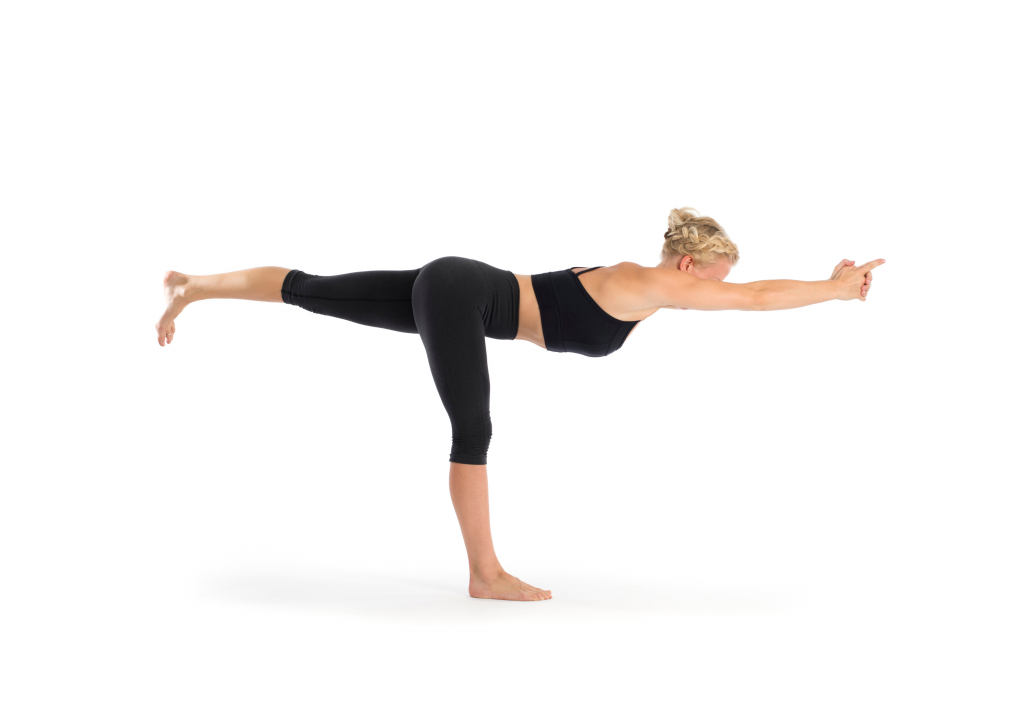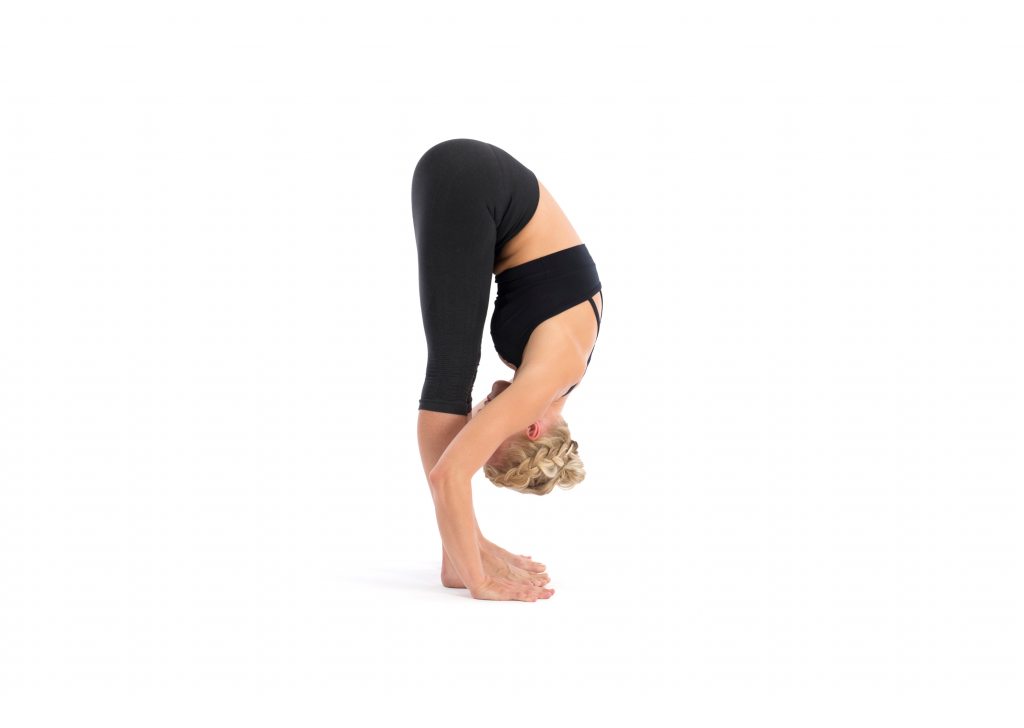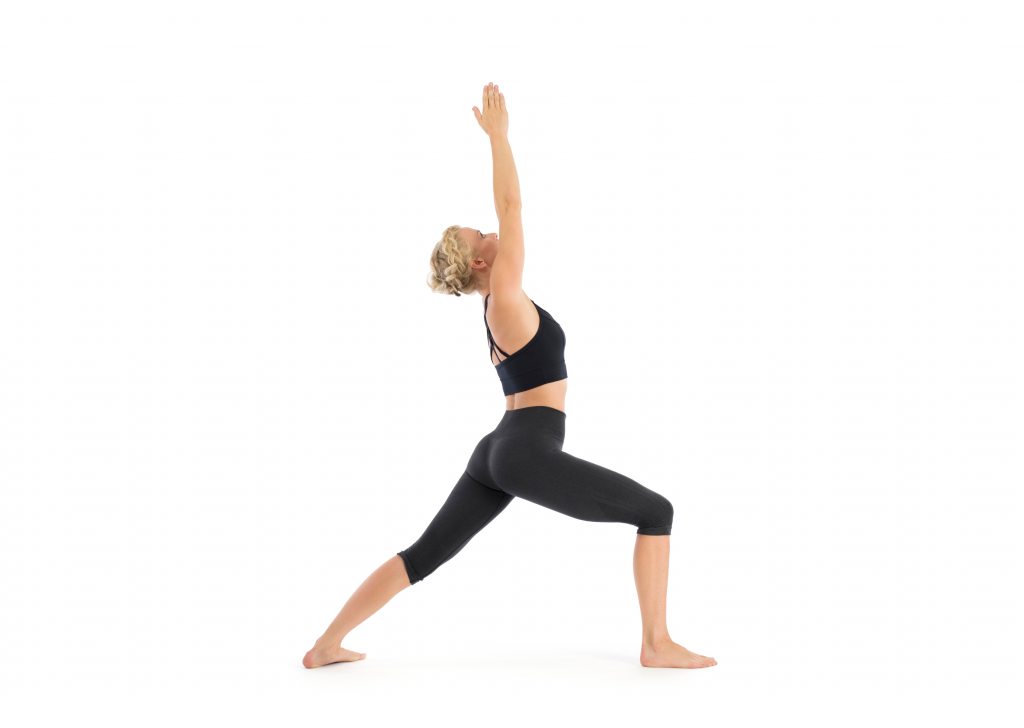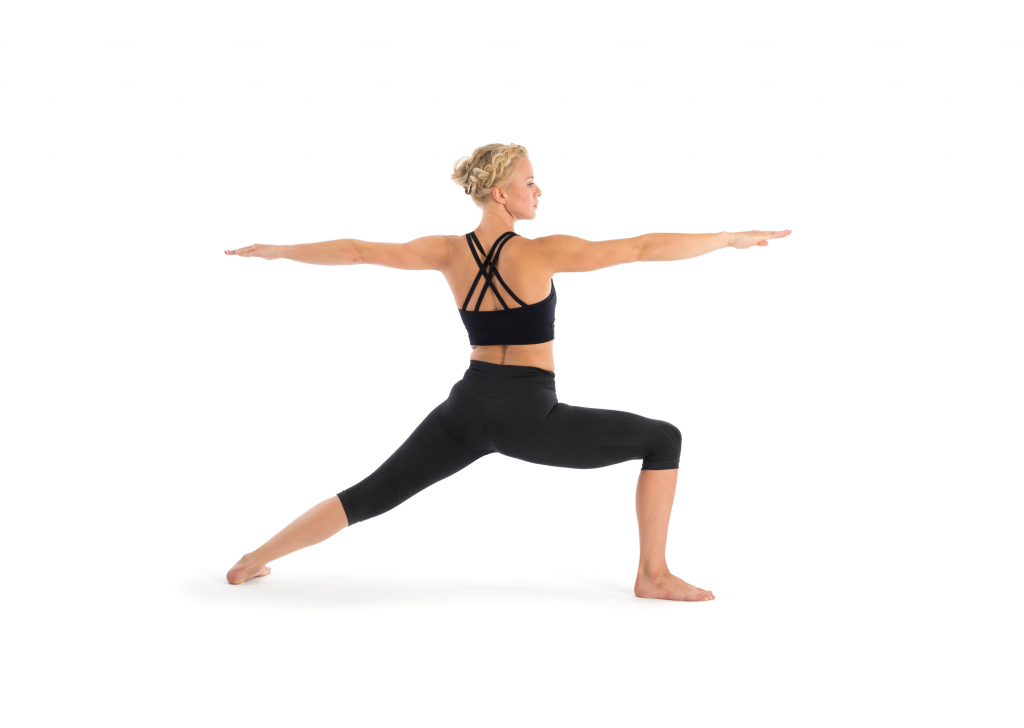A Quick Glimpse into the Cosmos
Since we’ve published a whole introductory course on astrology, we thought it would helpful to address some hot topics we’ve seen all over the internet. Bess Matassa, our Astrology Teacher, answers some of the most popular questions that arise about astrology. So, if you’ve ever been curious, this article’s for you!
What got you interested in astrology?
As a baby bud who was forever looking for enchanted enhancements to help elevate me beyond the everyday, I was catnipped by astrology’s “moreness” from a tender age. Through it, I discovered that I wasn’t just a pack of specklike cells destined for the dirt, but a big, beautiful, mythical beast who was in active exchange with the entirety of my environment. Woo hoo!
Learning its symbols was like learning a secret language that made all of life “larger than” and I wandered the world with new names for everything. Those rhinestone earrings at the mall reflecting light into rainbowed color became Gemini! The starting line for a potato sack race was shot through with Mars charge! Astrology was all around me, whispering to me of more wildness.
How long have you been studying astrology?
On a personal level, I’ve been at it since middle school—so over 30 years at this point. And professionally, I’ve been floating amongst the stars for nearly a decade. At every turn, it’s been there by my side. Through loves and losses and learning to live and love all over again. It’s been a headlamp through some of my most profound moments of breakdown meaninglessness, helping return me to meaning once again. And it’s been a cosmic champagne toast during celebratory times of unbridled aliveness.
Why do you love astrology?
via GIPHY
I love how infinitely rotatable and expandable all its symbols are. Like life itself, just when you think you’ve got one of its archetypes “locked down,” it will metamorph and show you another face, exactly when you’re ready to meet it. And you don’t have to reach for these understandings or engage in super esoteric activities to do so: once you’ve got the basic elements and signs and planetary contours sketched, you can really start to observe and play. Just the other day, I was refilling a soap dispenser and thinking about the Taurus sensation of fill ‘er up fullness—how relishing acts of receiving can be a radical one. The exuberance of enoughness. And then I’ll meet these energies in other humans, noticing how they actually wear and inhabit the signs and planets on the ground, and the cosmic crowd really goes wild!
Astrology reminds us of the Vegas buffet of beingness: that there are oh so many ways to be human. And we don’t have to use astrology to lock ourselves into limiting typologies.
Yes, there are certain charges to each energy. We can talk about points or parameters for an energy like Pisces or the planet Saturn. But each of us catches and interprets them in our own signature style. I’m fascinated by how astrology asks for more and more of our humanness, our forgiveness, and our infinite curiosity. By the end of our lives, no matter our charts, hopefully we’ve taken a stab at “collecting them all”: noticing our concentrations and proclivities towards certain sign energies or archetypes, but also exposing ourselves to all these wild ways of life.
What are your sun/moon/rising signs and how do you think that has guided your career as an astrologer?
I’m an Aries Sun, Leo Moon, Libra Rising. And all my other personal planets are in Aries—so it’s a real red hot BBQ situation. As a wee one, I think the first thing astrology gifted me was the sense that elementally, everyone has different realities. At its core, fire energy craves mythos and megawatt meaning, and knowing that about myself softened the edges of the mundane a shade. Like, I don’t just hate to do tasks like laundry or bill paying because I’m ill-equipped for and failing at life’s pragmatism; but because I need a different type of fuel before I deal with the daily. I need to feed and tend that fiery force before I enter 3-D reality. I can’t start with gravity, instead I have to let the grandiosity lead me back to the gravity.
Now, I can see that part of the work for me as a very fire-heavy kitten has been to find a way to live here on earth (I’ve got fire in earth houses in my birth chart, so I’m Belinda Carlisle-ing my way down into my heavenly place on earth). In my career, that’s meant fusing those realms. Infusing romance into the regular what-you-see-is-what-you-get world, and helping people lift and spin their lives above their heads using astrology. Giving them that sense of epicness. My Leo Moon has really been the hotblooded heartbeat heat in everything that I offer. If it’s not bedazzled and bespoke and served up on-the-sleeve, the teachings won’t be true for me. I have to come closer, in warmth. I have to uncover the power through the play. That’s just my way. If I don’t, no one gets served.
And oh that little Libra Rising. That’s been a real learning for me around impact and transmission. For me, the Rising sign is what gives us the texture of our adventure, and inviting in the Air element amidst all of my fire has definitely been a growing edge for me. Yes, I can have my sparkly Leo pawprint treats, but I’m also here to learn to ghostwrite a bit—to allow for space, to release my signature and let my astrological work come through me rather than just getting created “by” me. One of my beloved cosmic colleagues, tarot reader and astrologer Brandon Alter, always says that at the beginning of his sessions: “Let these cards be selected through me and not by me.” That’s been a deep evolution for me. Getting my fire sign jazz hands out of the way on occasion and just French-dooring it—accepting that my work wants to breathe and breeze through on its own, and that I’m not always at the center of the story.
What are the biggest astrology myths that stand out to you?
The freewill versus fate myth is one that I think gets a lot of people all sticky. Thankfully, we’re in a collective life moment where binaries of all kinds are crumbling and blurring because they just don’t serve the actual experience of life, which is mysterious and ombréd and wiggly rather than fixed gear.
And there aren’t just two gears in life:
I make moves and make life happen via my own willpower, versus I get moved against my will by forces beyond my control.
A lot of times, when students first come to astrology, they think that this medium has to make sense by adopting one of these two extremes: either trying to use astrology to bend life to their will by “figuring it out”; or throwing hands up to the heavens and getting loosey goosey spirited away. But astrology teaches us about this luminous, liminal thirdspace of reciprocity that lives when we say, “Okay, I can become right-sized. There are currents that want to lift me sometimes, and I can let them. And there is also a certain amount of wielding of these currents that can happen on my part.” It doesn’t have to be “do or be done to.” Instead, we can dance.
What are the biggest truths people may not know about astrology?
via GIPHY
That it’s not somewhere “out there,” it’s actually right here—close and present and available for uncovering at any moment. In full respect of astrology’s intricate lineage and ongoing professionalization. I also believe that some of the arcane history of astro (think of all those degrees and telephone lines when you first look at a birth chart!
And all the infinite complications of transits, progressions, house systems oh my!) can be softened. Not in the name of “dumbing down” or disrespecting, but in the name of intuitive recovery of this language in a way that’s easeful and accessible for everyone. If we take something like the four elements (fire, earth, air, water), which form the foundation for all of astrology’s symbols, we can see this at play.
If you want to understand any type of Air energy, for example (the sign of Gemini; the 11th house; the planet Mercury), just open a window. Watch clouds and paper bags popping down the street. Walk into a wind tunnel. Observe a butterfly nectaring its way through a garden. You already get it. Learning astrology is just a drawing to the surface and re-languaging of the already-intuited understandings that exist in our divine DNA.
What are some helpful resources for living a life guided by astrology?
I’d suggest not getting too hung up on all the particularities of transits or hyper date-driven ways of divining, unless those are really singing to your soul—especially for things like planetary retrogrades, which are happening all the time.
When I teach the full shebang of astrology (and tarot as well), I teach everything in little feeling families, all rolled up under one of the 12 zodiac signs. So, for example, if we have a nuanced, rotatable understanding of the sign of Sagittarius, we can naturally build that understanding to incorporate other Sag-streaked kiddies: the planet Jupiter, the 9th house etc. Start with the 12 signs, and see what their levels are in your own chart: which of these 12 ways of being are you very familiar with, and which feel more foreign?
A super simple, sweet way to collect them all is to follow the natural rhythm of the calendar year, as every 28 days or so a new Sun sign takes center stage, offering us what we call astrological “seasons.” Each month, you can step into the skin of a different sign, trying on this bodysuit way of being. Even if its energy feels like a costume at first, just slip on in and see how it fits. Talk to your beloveds who have that sign strongly in their charts. Expose yourself to its ways.
As you’re learning, I’d also suggest adopting a light touch towards causality, and playing with more of a partnership approach. In keeping with breaking that freewill versus fate binary, know that nothing in astrology is “causing” anything to happen. Instead, things happen, and we can use astrology to help us make sense of their meaning for us and our evolutionary trajectory. For example, Mercury retrograde doesn’t cause communication breakdowns or errant emails. Planetary movements don’t want to throw you into fear-based paralysis. Instead, they offer up climates of energy that we can notice and inhabit and respond to.
For me, any retrograde is just a slumber party with that planet—a chance to get to know its energy more intimately and internally, after hours. Accordingly, Mercury retrograde asks us to pause and consider exchanges of all kinds: how we breathe in and put out. Things like emails or contracts are just end symbols of what always starts inside.
Should people be dating based off of their birth charts?
via GIPHY
For me, relationships of all kinds are alchemical, evolutionary, and deliciously unpredictable. We collide with other humans who bring us alive to parts of ourselves, pure and simple. In that light, there are no “bad” combos of signs, just different combo platter flavors. And I think we also have to acknowledge that what each of us is here to learn and experience through partnerships is very different. Some of us crave chocolate box til-death-do-us stability in relationship. Other souls are here to get rocked and regenerated through relating, phoenix-ing their way through less permanent partnerships. Instead of trying to find some perfect, static “match,” we can use our charts to dive deeper into the specific texture of our desire nature, emotional needs, and co-creative energies. More consciousness about our own contents inherently leads to more conscious collaborations. As much as we sometimes want to orchestrate the answer through a partner, a job, whatever it is, it’s all an inside job. And astrology helps us excavate those innards.
We’ve heard of the popular astrology apps: Co-Star, The Pattern, and Sanctuary, are these apps you recommend? If not, what is the best astrology app in your opinion?
Each of those apps has something to recommend it for sure. And I’m always of the mind that more exposure to this language is a glorious thing. Get your hands on anything and everything and see what hums.
The Pattern feels wondrously mysterious and evolutionary to me. The teachings about astrology aren’t as explicit on it, but the astro is baked in there like a beet cake serving you soul veggies more secretly.
Sanctuary is a strong, pop-y primer. I adore its aesthetic and beauty basic breakdown of the symbols.
Co-Star gives a little bit of both worlds. As an astrologer, I personally use TimePassages to look at charts while on-the-go.
In a professional setting, which sign should people identify or look to most? Who would you hire as the leader of your organization? Which signs make the best yoga teachers?
While I don’t think that parts of our charts can be compartmentalized (our charts are really about understanding and bringing all of us “with” wherever we go), I do think we can start understanding the interface between our outer and inner world energies by beginning very simply, with our Sun and Moon signs. The Sun is a core part of our mission—it wants to be exhibited and expressed and seen; the Moon loves a tuck-up—it’s that little sensitive kiddo part of the chart we need to feed and bundle baby before we set off into the world. It gives us deep insight into our tidal, emotional rhythm: the rock and roll of our reveal and retreat. Both of these parts (and all parts of the chart) want to live.
So, maybe we start by exploring the relationship between those two, and how they’re nourished in a professional setting. Maybe they’re in very different signs or elements, and we sometimes swing between them at work. Or hide one of them away and overly rely on the other. In a life moment when so many people are trying to figure out how to bring more of their truest selves forward in all moments, I think figuring out how to feed both of these archetypes while you’re out facing the world can be vitalizing.
In general, I feel like we have a very “solar” driven overculture, where making and doing and evidencing are sometimes overvalued. Accordingly, some astrological teachings might emphasize these mojo-and-go parts of the chart when advising about our professional endeavors—things like the Rising, the North Node, Mars, the 10th house. Yes, I think all of those can definitely be useful in divining direction and purpose. But I also wonder what it would feel like to have the Moon lead. Or Venus. My god! What if pure pleasure drove our professional purpose?
We need all signs as leaders.
That’s one of the most thrilling beauty bubbles of astrology: that it teaches us that these 12 ways of being symbolized by the 12 signs (and the infinite shades of them that each of us expresses) are all worthy and vital. So maybe it’s more about divining the flavor of leader you are: which of the sign archetypes want to be expressed through you. And then summoning the courage to show up and shine on in the fullness of that force. And also perhaps inquiring about existing organizational leaders and seeing where the gaps are: what sign energies are over or underrepresented in positions of power. Let’s bring the whole power pack to the party, please!
As for yoga teachers, I’d say much the same thing. We need fire-heavy yoga teachers to invigorate and tapas toast our bods and spirits. We need earth-heavy yoga teachers to secure our sit bones and settle our spirits into ritualized rhythm. We need air-heavy yoga teachers to open those throat chakras and above to spacious possibility and consciousness clearing. And we need our water babes to savasana us towards loosenings and lettings and longings of all kinds.
Give a brief description of ‘houses’ and why are they called ‘houses’?
via GIPHY
The houses really trip people up in astrology and I teach them in a different way than most people…
Start by thinking about what it feels like to enter a literal house and explore the rooms within it. Each room might have a particular function; store different goodies within it; ask for a certain approach or attitude on the part of our spirits. The houses in astrology are no different: they represent active environments where we live and learn.
I also teach them as kinds of “countries.” So, for example, the 4th house is “Cancer country” (regardless of what sign we might have placed on the cusp of this house in our chart, it’s naturally associated with the sign of Cancer); or the 8th house is “Scorpio country.” We all have planets in our birth charts that are living in particular houses and we can think of these planets as having an extended stay in that other country. Going on a little study abroad of sorts where they learn the local ways.
So, if you’ve got a Leo Sun sign placed in the 8th house, it’s like your Leonine self is enjoying a lifelong vacation in Scorpio country. It’s still a glowy gorgeous Leo here to play. But it’s got its sparkles on while strutting through volcanic turf: learning about different flavors of power, and how to handle the no-holds-barred intimate encounters of Scorpio land. The Sun sign is a good place to start your observations. Take you, and a few people you know, who all have the same Sun sign. And then see what house each of your Suns is in and how this country’s top-coat affects how each of you expresses the sign’s energies. In that sense, we might talk about Cancer country Leos, or Capricorn country Leos, or what have you. They’re each applying for dual citizenship.
One piece of advice for people who are wary of astrology:
You don’t have to “believe” in it to use it.
And you don’t have to understand exactly how or why it works for it to work for you. I know this can be hard to grasp because our brains might want to go to a place where it has to be either faith-based religious belief or fact-based, provable science. But in its highest octave of expression, astrology wants to break that binary, too.
Just start by studying its symbols and reflecting them back against life, exploring it like a poetic language that’s here to help enhance your understanding of self and others. And if it doesn’t do that for you, toss it and find another modality that does. There’s a long history of astrology being taught as something heavily-technical and impenetrable, which might have us thinking that we’re going to get really “good” at it and use it to crack some code. But in its deepest heartbeat, for me, it is always a language of remembrance and return. Look around you for signs of the elements, signs, and planets; play with re-languaging your world through these archetypes; and see if they feel true for you. And stay open to understandings that aren’t always explicit; those numinous, intuitive knowings that are born as much from what we can’t see as from what we can.
We don’t have to dismantle every detail of it like we’re pulling apart some machine; or get tangled up in all the hows and whys and exact degrees and lines in order open to astrology’s offerings. Because astrology is no different from life. There is no code to crack. No ultimate answer to find. There is only the ongoing wiggle in these beautiful bods; and the glory of uncovering mini moments of mega meaning along our wild way.

Introduction to Astrology Course
Interested in trying out your hand with the stars? Bess created an entire course for fellow star-gazers and the astrology-curious. In this course, you’ll be taught the fundamentals of birth charts, exploring journaling and meditation for a deeper understanding of your signs and of course a tutorial on the elements and zodiac signs.
